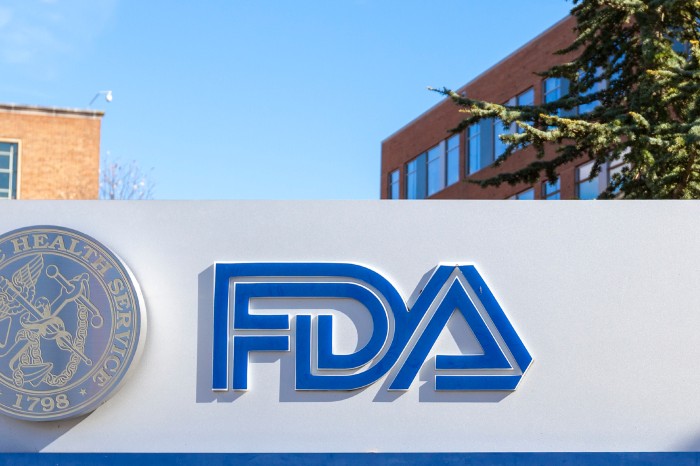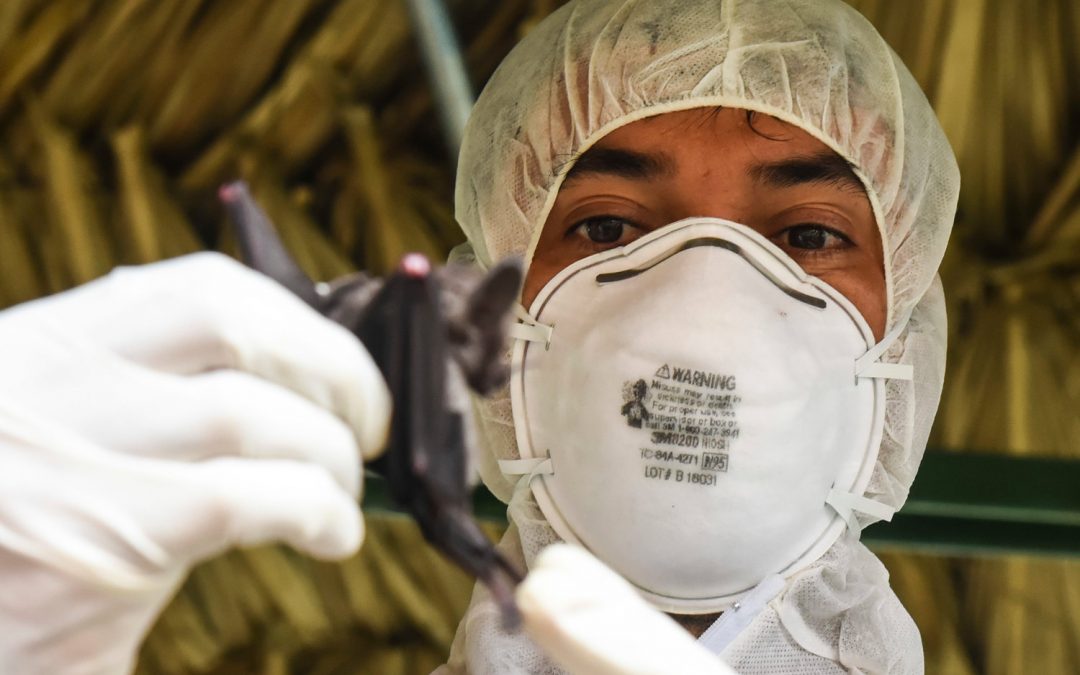This article was updated June 2, 2025. The article addresses the aspects related to warnings and precautions to be included in medical device patient labeling.

Table of Contents
Introduction:
The Food and Drug Administration (FDA), the U.S. regulatory authority responsible for safeguarding public health through oversight of healthcare products, has issued a guidance document focused on Medical Device Patient Labeling: Warnings and Precautions. This guidance is intended to support manufacturers in clearly and effectively communicating safety-related information directly to patients and caregivers, particularly regarding potential hazards associated with the use of medical devices.
The document includes several appendices that address critical aspects of patient labeling, specifically warnings and precautions. The guidance document provides definitions of key terms and concepts, outline expectations for how warnings and precautions should be presented and offer practical recommendations for ensuring the relevant information is conveyed in a clear, understandable, and accessible manner. The FDA also identifies common issues encountered in patient labeling and advises manufacturers on how to avoid unexpected risks.
Importantly, the guidance stresses that labeling a device with warnings and precautions should be considered a measure of last resort. The FDA emphasizes that the preferred approach is to eliminate or control hazards through design or engineering measures rather than relying on labeling to manage risks. For instance, if a medical device component involves a toxic substance, the FDA recommends eliminating its use altogether instead of simply including a warning in the labeling. This principle underscores the FDA’s broader commitment to risk mitigation through safer product design.
The guidance also reinforces that its contents are non-binding and do not introduce new regulatory requirements. Manufacturers retain the flexibility to adopt alternative approaches, provided they comply with applicable legislation and have been discussed with and approved by the FDA in advance.
Overall, this guidance aligns with the FDA’s ongoing efforts to enhance patient safety, foster informed decision-making, and promote the development of medical devices that minimize reliance on user comprehension of warnings for risk reduction.
Terms and Definitions
Warnings and precautions are written, pictorial, and/or audible alerts to a hazard. The term used to identify the particular hazard presents the reader with a cue to the seriousness of the hazard.
A warning alerts the reader about a situation which, if not avoided, could result in death or serious injury. [ANSI Z535.4-1998] It may also describe potential serious adverse reactions and safety hazards. The designation of a hazard alert as a “warning” is reserved for the most significant problems. The term WARNING is generally used as the signal word for this type of hazard alert. If a problem may lead to death or serious injury, FDA may expect you to highlight the warning by placing it in a box.
The term precaution is used for the statement of a hazard alert that warns the reader of a potentially hazardous situation which, if not avoided, may result in minor or moderate injury to the user or patient or damage to the equipment or other property. [ANSI Z535.4-1998] It may also be used to alert against unsafe practices. This includes the special care necessary for the safe and effective use of the device and the care necessary to avoid damage to a device that may occur as a result of use or misuse. The word CAUTION is generally used as the signal word for a precaution statement.
The distinction between warnings and precautions is a matter of degree of likelihood and seriousness of the hazard. The target audience for medical device labeling (health care practitioners and lay users of home use devices) generally recognize a hierarchy of hazard alerts, with warnings being those of a more serious nature and precautions being of a less serious, but important, nature.
Warnings and Precautions: Purpose
The fundamental purpose of including a warning or precaution in medical device patient labeling is twofold: to inform users about potential personal and environmental hazards associated with the use of the device, and second, to influence their behavior in a way that helps prevent injury or damage to the device. These messages serve as critical tools for risk communication, helping users make informed decisions and take appropriate precautions.
For a warning or precaution to be effective, it must meet several psychological and behavioral criteria. Users need to perceive the hazard as both serious and personally relevant. They must also believe that they are capable of carrying out the recommended actions and that these actions will effectively mitigate the risk. Without these elements, the message is unlikely to prompt the desired behavioral change.
Effective warnings and precautions are designed to capture the user’s attention and be easily understood. They must also align sufficiently with the user’s existing beliefs and attitudes to be accepted as credible. Moreover, they should be persuasive enough to encourage compliance. A well-crafted warning elicits a suitable level of concern-enough to motivate safe behavior, but not so intense that it overwhelms the reader or leads to denial, avoidance, or inaction. Striking this balance is essential for ensuring the warning achieves its intended effect.
Contents of Warnings and Precautions:
An effective warning or precaution in medical device patient labeling typically includes four key elements, as supported by both legal precedent and research. These elements work together to ensure that hazard-related information is communicated clearly, understood by users, and acted upon appropriately to prevent harm.
The first essential component is the signal word, such as “WARNING” or “CAUTION,” which serves to immediately alert the reader that important safety information follows. This may be enhanced with symbols or formatting techniques like bold text, color, or underlining to increase visibility. However, it is important to avoid an overly large contrast between the signal word and the surrounding text, as this can unintentionally draw attention away from the actual warning content and reduce its effectiveness.
The second element is a hazard avoidance directive, typically phrased using clear, action-oriented language such as “Do Not,” “Never,” “Avoid,” or when appropriate, “Do.” This directive is meant to provide users with specific instructions on what actions to take or avoid in order to prevent the identified hazard.
Next is a statement of the hazard itself. This should clearly describe the nature of the risk involved—such as an allergic reaction to materials, interference from strong magnetic fields, or potential device malfunction due to resterilization. This information helps users understand both the type and severity of the risk they are facing.
The fourth and final element is a description of the consequences of not following the warning or precaution. This includes possible serious adverse events, safety hazards, or functional limitations of the device. Research shows that including consequences significantly improves the effectiveness of a warning by making the risks more tangible and motivating users to comply.
While the signal word should always appear first, the order of the remaining three elements—hazard avoidance directive, hazard identification, and consequences—can be adjusted as needed to best communicate the message clearly and effectively to the intended audience.
How Can RegDesk Help?
RegDesk is a next-generation web-based software for medical device and IVD companies. Our cutting-edge platform uses machine learning to provide regulatory intelligence, application preparation, submission, and approvals management globally. . Applications that normally take 6 months to prepare can now be prepared within 6 days using RegDesk. Global expansion has never been this simple.


